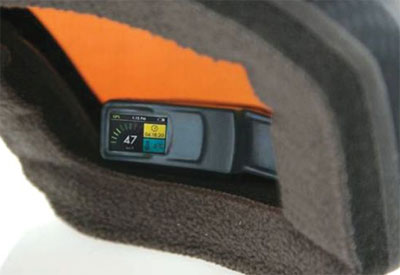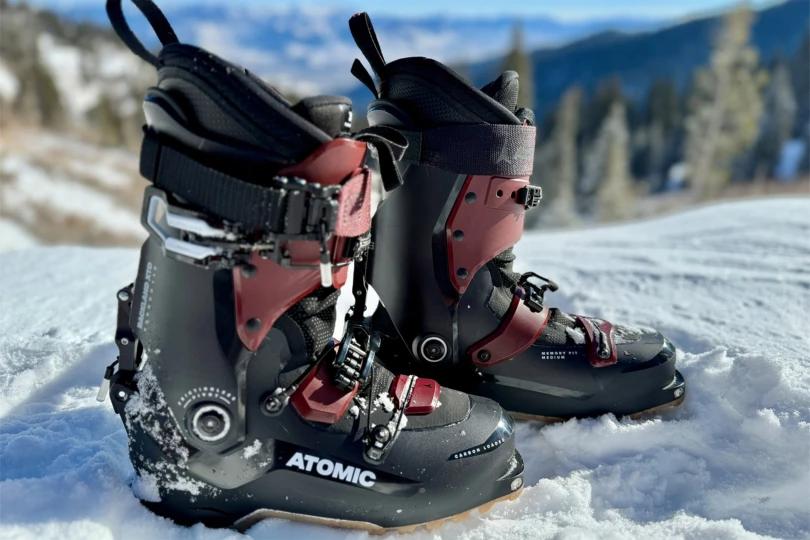Altimeters and GPS devices have been around for years, but they’re not always user-friendly to skiers and riders suited up and wearing mittens or gloves. Until now. The Transcend goggles from Zeal Optics of Boulder, Colo., feature big buttons that are easy to access on the slopes with gloves on and — drum roll! — an in-goggle LCD “dashboard” mounted in the lower right corner of the goggle frame where all your speed and GPS data is only a glance away, fighter-jet-pilot style!

Released this fall, the Transcend goggles are a first of their kind. GearJunkie.com got one of the first pairs to test, and I’ve now been using them for a few weeks while snowboarding at Mammoth Mountain, my hometown ski area. The in-goggle display is a cool innovation. And the built-in GPS can calculate a range of data for skiers and snowboarders to assess on the run in real-time or after a run scrolling through numbers on the lift. In all, there is an altimeter, speedometer, GPS location data, stopwatch, date and time, a thermostat, an odometer, and a “vertical odometer,” which measures how many vertical feet you ski on a run or in a day. The goggles store your data and let you download information onto a computer for saving and reviewing later at home, including via an overlay of your routes on Google maps.
I got the goggles to test right as the season kicked off. My first impression? A fit problem. The goggles seemed a little small for my face. So I let some friends and co-workers try them on and they all agreed that the goggles fit small. One consequence of the fit was that on the snow seeing the LCD dashboard area was difficult. I had to look down (i.e., away from the slope) some to glance at the numbers for a readout. After a few days of riding, I got used to this process, though I still haven’t arrived at the point where I’m comfortable focusing on the dashboard numbers while really ripping.
Another design issue: The goggles, which have a cited weight of about 9 ounces, feel heavy. This often created the sensation of the goggles sliding down my (not-so-small) nose. I cinched the strap down and felt the pressure on my head, but it didn’t alleviate the nose-slip feeling, especially when I was wearing a beanie hat. Thankfully, the fit is much more solid when worn with a helmet.

In my test, the clock sometimes reset itself. That was annoying, but thankfully inputting the correct time was quick and easy. Overall, using the goggles’ controls was intuitive. I spent minimal time with the instruction manual and got the hang of it right away.
My criticisms aside, the Transcend goggles are a fun and useful tool for getting altitude and speed data in real time. While on the slopes, I could glance for a quick read. It was then easy to scroll through all the data on the chairlift after a run, including top speed, vertical feet skied, temperature, time, and GPS coordinates.
Battery life is good, with power coming from embedded rechargeable lithium cells. I could ski for a full day on a single charge.
Beyond the technology, I was impressed with Zeal’s photochromatic polarized lens. It shifts tint as per the light conditions and was versatile enough for bluebird skies to storm days.
There were a few kinks during my test. But on the technology side — the GPS, altimeter, speedometer, etc. — all the features seemed to work accurately on the mountain. If you’re a numbers person or just in love with new gadgets, this is a great tool or a fun toy, depending on your use. But starting at $399 (the photochromatic lens unit is $499) the Transcend goggles are a premium toy at that.
—Stephen Krcmar lives and works in Mammoth Lakes, Calif.





